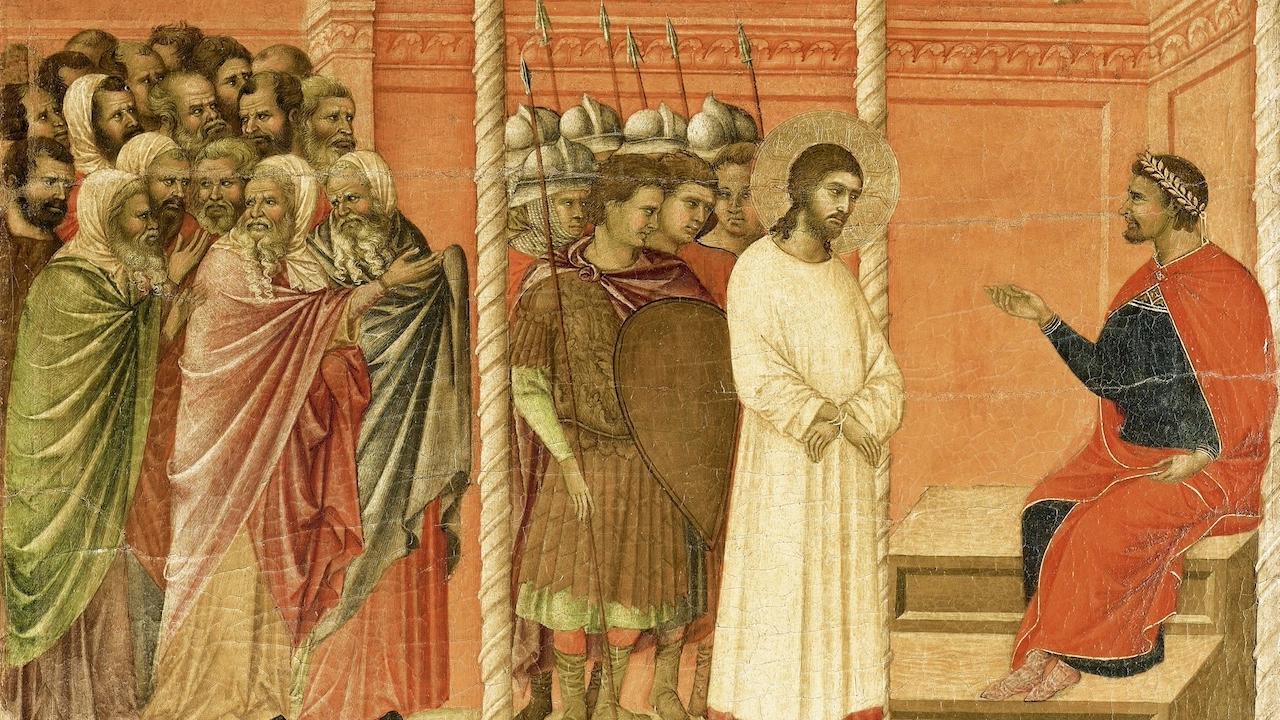Pontius Pilate, a name that echoes through the corridors of history, remains one of the most enigmatic figures of ancient times. As the Roman governor of Judea during the early 1st century CE, Pilate played a pivotal role in the trial and crucifixion of Jesus Christ. However, the historical record provides us only glimpses of this complex and controversial figure, leaving much of his life and legacy shrouded in mystery.
I. Pilate's Early Life and Rise to Power
Little is known about Pilate's early life. Historical records are sparse, and details of his upbringing and family background remain elusive. What we do know is that Pilate rose through the ranks of the Roman bureaucracy, eventually attaining the position of procurator or governor.
II. Pilate in Judea: A Challenging Rule
Pilate's tenure as the governor of Judea was marked by significant challenges. The diverse and volatile population of Judea, coupled with the region's religious and cultural complexities, made it a difficult posting. Pilate's approach to governance was characterized by a mix of political maneuvering and, at times, heavy-handed tactics.
III. The Trial of Jesus: A Fateful Decision
Pilate's most enduring historical legacy is his involvement in the trial and crucifixion of Jesus Christ. According to biblical accounts, Pilate found no fault in Jesus but, under pressure from the religious authorities and the crowd, reluctantly sentenced him to death. This episode has left an indelible mark on Pilate's historical image, portraying him as a vacillating and politically driven ruler.
IV. Pilate's Building Projects and Inscriptions
Archaeological evidence contributes to our understanding of Pilate's activities in Judea. Several building projects, including the construction of an aqueduct and the refurbishment of Herod's palace in Caesarea, are attributed to Pilate. Inscriptions bearing his name have been discovered, providing tangible links to his presence in the region.
V. The Philo Account: Insights into Pilate's Leadership Style
The Jewish philosopher Philo of Alexandria provides a contrasting perspective on Pilate. In his writings, Philo describes Pilate as inflexible, cruel, and insensitive to Jewish customs. While these accounts offer a different viewpoint, they also highlight the challenges of governance in a region marked by religious diversity.
VI. Pilate's Later Years and Fate
The historical trail of Pilate grows colder in his later years. Some accounts suggest that Pilate faced difficulties in his role as governor, leading to his recall to Rome. However, details about his life after leaving Judea and the circumstances of his death are uncertain.
VII. Pilate in Later Tradition and Literature
Pilate's character extends beyond historical accounts into the realms of tradition and literature. He appears in various apocryphal and non-canonical texts, as well as in later Christian traditions and medieval literature. In these sources, Pilate's portrayal varies, depicting him as a tragic figure burdened by guilt or, conversely, as a sympathetic character struggling with the weight of political decisions.
Pontius Pilate emerges from the historical shadows as a complex and multifaceted figure. His actions during the trial of Jesus Christ have forever etched his name into the narrative of Christianity. Yet, the gaps in the historical record and the differing perspectives on his character ensure that Pilate remains an enigmatic figure, inviting ongoing exploration and interpretation through the annals of time.




